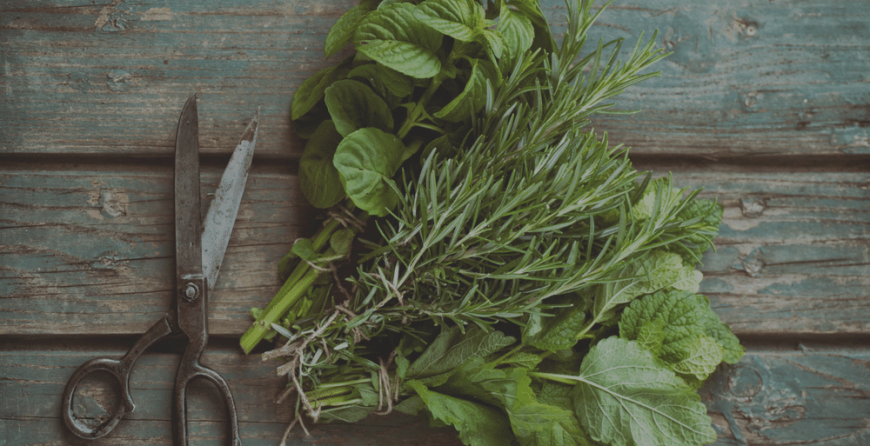
Serious organic gardeners understand the benefits associated with mixing plant species. They make your garden stronger and more visually appealing. Certain plant combinations in your garden work together to boost the nutrient levels essential for either plant to thrive. A scientific study on companion planting has proven that some plant combinations offer real growth benefits that are unique to the specific combinations.
Companion plants are plants that support each other’s growth. For instance, tall plants will provide shade to short and sun sensitive plants. However, for plant companionship to work effectively you need to space your plants adequately. Companions need enough space to help each other.
Examples of companion plants for you organic garden
Roses and garlic
Long-term organic gardeners will know that planting roses with garlic help in repelling pests attracted by rose plants. Garlic chives act as pest repellants. Also, their small white or purple flowers that appear during spring enhance the beauty offered by rose flowers.
Melons and marigolds
Specific marigold varieties are great at keeping nematodes that appear in melon roots at bay. They even work as effectively as chemical treatments designed to eliminate the nematodes.
Cabbage and tomatoes
This sounds like the perfect combination because the two plants are also consumed together. That is, you may need tomatoes to spice up your cabbages or use both in your salad. Despite being susceptible to a wide range of diseases too, tomatoes repel diamondback moth larvae. These are caterpillars that chew and make large holes in cabbages.
Cucumbers and nasturtiums
Nasturtiums have vining stems that make them a great companion for cucumbers or squash plants. This is because they are great habitats for predator insects like ground beetles and spiders. They also keep cucumber beetles at bay.
Peppers and pigweed
In a coast plains study in Georgia, ragweed and pigweed were termed perfect companions to pepper plants. However, to enjoy their companionship benefits, ensure that you remove the flowers on weeds before they set to seed.
Dill and cabbage
Dill works as a companion plant for all cabbage family plants like lettuce and broccoli. They attract tiny beneficial wasps that ward off cabbage pests and worms. Cabbages, on the other hand, support floppy dill.
Beans and corn
Beans are great at inviting beneficial insects that eat corn pests like leaf beetles, leafhoppers and fall army worms. Beans also benefit by their vines climbing the corn stalks.
Potatoes and sweet alyssum
Sweet alyssum produces tiny flowers that invite beneficial insects like predatory wasps. As such, they should be planted alongside bushy crops like potatoes. Alternatively, you could let them spread to make a living ground cover under plants such as broccoli. Alyssum also emits a sweet fragrance that redefines your garden’s smell.
Dwarf zinnias and cauliflower
Dwarf zinnias produce a nectar whose smell lures predators like ladybugs that protect cauliflowers from pest attacks.
Companion planting should be a major organic gardening feature because it encourages the use of natural means to eliminate problems like pests. Thus, you do not need to use harsh chemicals on your crops because the pests may already be taken care of.


